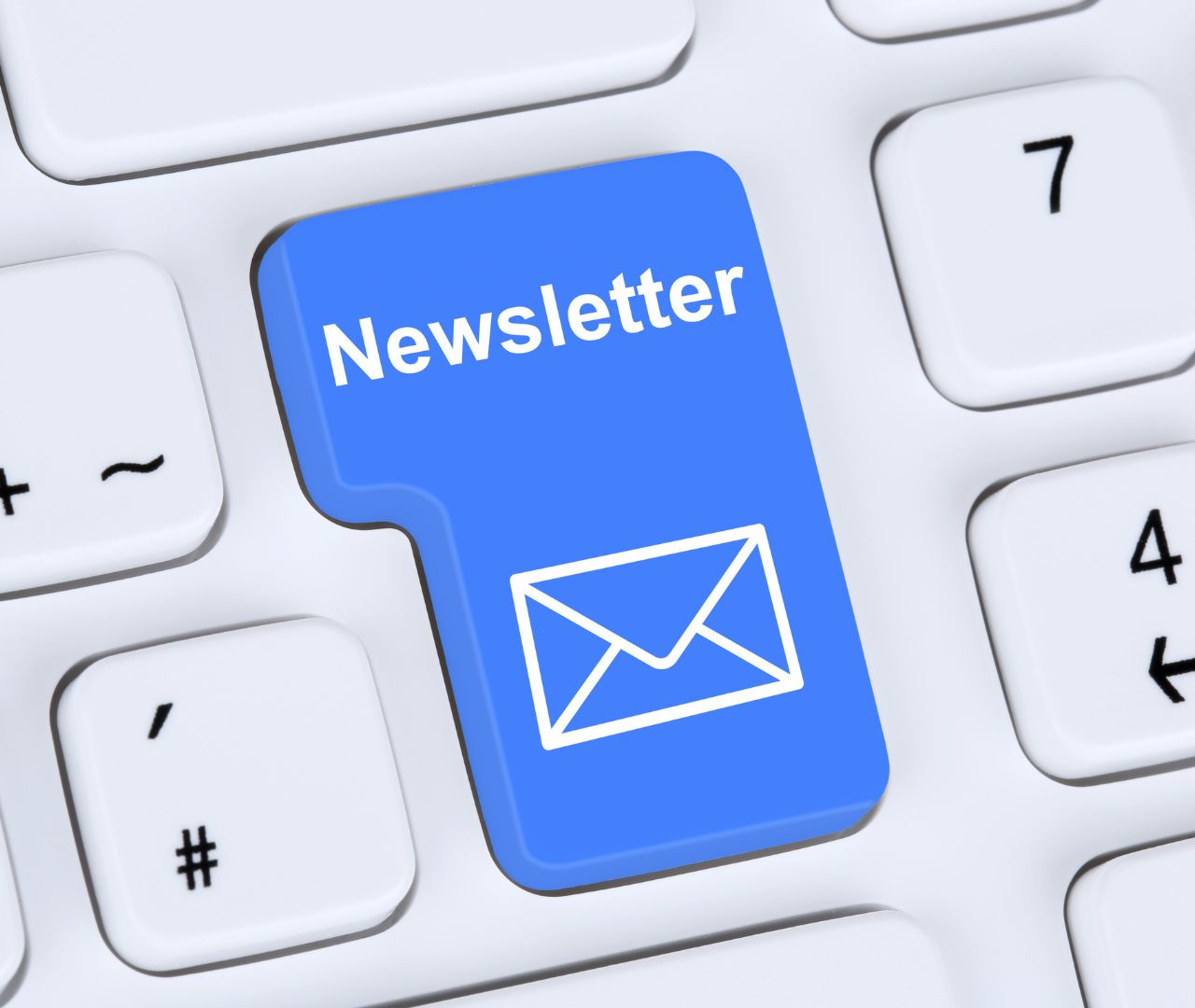1. Why Email Marketing Matters for Fashion and Beauty Brands
Email marketing offers a direct line of communication with your customers, allowing you to reach them in a personal and targeted way. Unlike social media, where algorithms dictate what content is seen, emails land directly in your customers’ inboxes. This direct access is invaluable for fashion and beauty brands, where timely promotions, exclusive offers, and personalized content can significantly influence buying decisions. Moreover, email marketing is highly measurable, giving you insights into what resonates with your audience and allowing you to optimize your strategies for maximum impact.
2. Building a High-Quality Email List
The success of your email marketing efforts starts with a high-quality email list. It’s not about the quantity of subscribers but the quality. Focus on attracting engaged and interested customers who are genuinely interested in your brand. Offer incentives like exclusive discounts, early access to sales, or a free beauty guide in exchange for signing up. Make sure your sign-up forms are easy to find on your website, social media channels, and during checkout. Remember, the more targeted your list, the more effective your campaigns will be.
3. Crafting Compelling Email Content
Your email content is the heart of your campaign. For fashion and beauty brands, this means using visually appealing designs, high-quality images, and engaging copy that captures the essence of your brand. Every email should have a clear purpose, whether it’s showcasing a new product, announcing a sale, or providing styling tips. Make your emails personal and relevant by segmenting your list based on customer behavior, preferences, and purchase history. For example, a customer who frequently buys skincare products might appreciate a targeted email featuring your latest skincare collection or tips on building a skincare routine.
4. Personalization: The Key to Success
In the competitive world of fashion and beauty, personalization is key to standing out. Personalized emails can boost open rates, click-through rates, and conversions. Use customer data to personalize subject lines, product recommendations, and content. For instance, address your customers by their first name, recommend products based on their previous purchases, and send birthday discounts. The more personalized and relevant your emails are, the more likely your customers are to engage with them.
5. Designing for Mobile
With the majority of emails being opened on mobile devices, it’s crucial that your emails are mobile-friendly. This means using responsive design templates that adjust to different screen sizes, ensuring that images load quickly, and keeping text concise and readable. A seamless mobile experience not only enhances user engagement but also increases the likelihood of conversions. Remember, if your emails don’t look good on mobile, you risk losing a significant portion of your audience.
6. Timing and Frequency
When it comes to email marketing, timing and frequency are critical. Send emails at times when your audience is most likely to engage—this could be during the early morning, lunchtime, or late evening. However, it’s important not to overwhelm your subscribers with too many emails. Find a balance that keeps your brand top-of-mind without being intrusive. Regularly test different sending times and frequencies to determine what works best for your audience.
7. Analyzing and Optimizing Your Campaigns
The beauty of email marketing is that it’s highly measurable. Use analytics to track key metrics like open rates, click-through rates, conversion rates, and unsubscribe rates. These insights will help you understand what’s working and where there’s room for improvement. Regularly test different elements of your emails, such as subject lines, call-to-actions, and images, to optimize your campaigns for better performance


